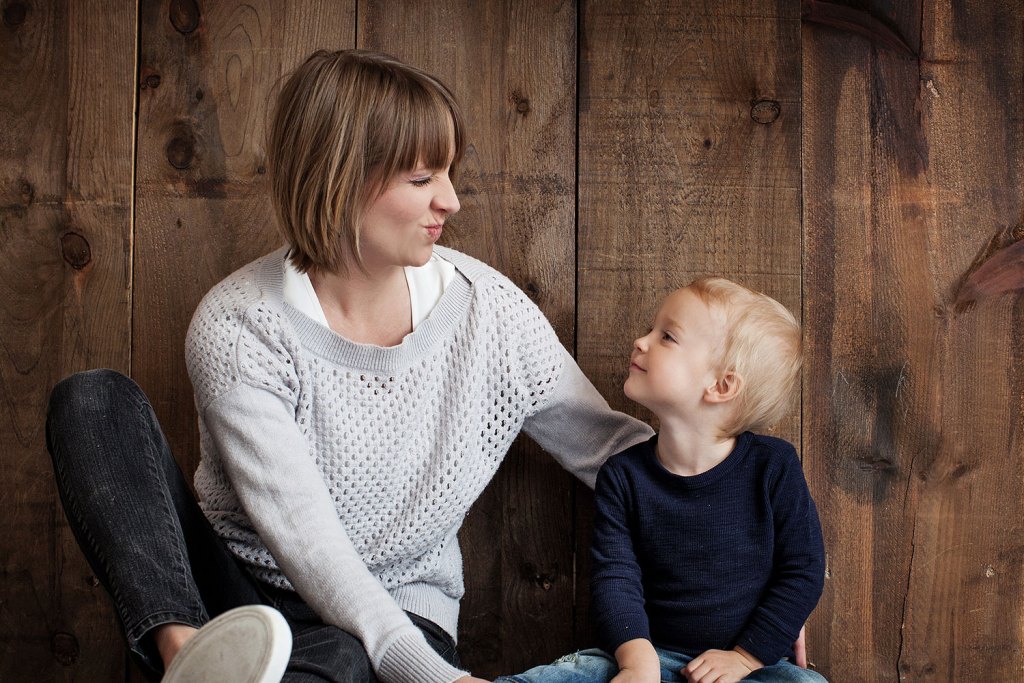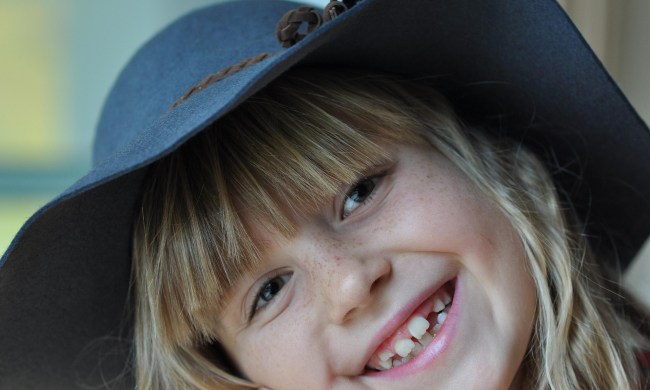Behavior charts are a hallmark of childhood, but do they work? Recent moves to ban behavior charts in the classroom may have some parents confused about whether their sticker chart is worth it and if it could be causing more harm than good.
Right now, research shows that sticker charts do work, but that’s with a few caveats in their usage. Let’s take a look at what works, how to create behavior charts correctly, and what it could mean for the long-term effects of your child’s development.
Do behavior charts work?
Long-term research does show that the immediate motivation of something like a sticker does help children develop behaviors we’d like to see. Children are learning that things have consequences and rewards. In childhood, the rewards must be salient to reinforce good behavior.
For example, when you go to work, you don’t think of a reward. There are consequences for not maintaining your job — losing your apartment, for example, or not having food to eat — but the rewards may not be so apparent. As an adult, you learn to identify those hidden rewards more easily because you have experience with the long view.

Behavior charts help make rewards happen a little closer to the behavior so that children can understand and develop better habits. These small rewards could be an excellent way to help motivate children to learn.
Behavior charts are a communication tool. They are not designed to give you a sense of power, nor are they something to shame your child. Instead, they offer a way for your child to connect to your expectations and be an active participant in their own lives.
The worries about extrinsic motivation versus intrinsic motivation come from mixed research results. The best idea is to find out if they work for your household.
What behavior charts are not
Rewarding children for good behavior shouldn’t get mixed up in consequences. They’re designed to focus on the good while you deal with bad in a different arena.
For example, removing stickers from the chart for negative behaviors may undermine the purpose of the chart. Children could decide that ethical behavior isn’t worth it or that it isn’t as important as the bad.
Instead, use a different system for creating consequences for children so that they learn to associate only good things with the behavior chart itself.
Behavior charts are also not designed to reward behavior your child has no trouble with. If your child has a seamless morning routine, there’s no need to reward behavior your child has already mastered. Instead, use behavior charts to focus on developmentally appropriate behavior your child hasn’t mastered quite yet.
Why reward charts are falling out of favor in classrooms
Contrary to home use, reward charts in the classroom may not have the same benefits. There are several reasons that this could be:
- Behavior charts are public – In some cases, the charts can have a negative effect because the child’s behavior becomes public.
- They have negative components – When children clip into a negative part of the behavior chart, this is also a public humiliation of sorts. They may not understand the consequences and feel only the negative feelings, which can encourage them to perform negative acts undercover.
- Teachers have too many students – Behavior charts work well because you have the time to engage one-on-one with your child. Classroom charts may get too unruly to maintain over time.

Building a useful behavior chart
Deciding to use a behavior chart is a personal decision for your family. Still, they could be a way to encourage your child to engage in positive behaviors, rather than focusing only on the negative. As your child gets older, you can have more significant rewards and slowly introduce the long-term benefits of right actions.
If you decide to build a behavior chart, it may be helpful to consider a few things as you’re putting your format together.
Stick with rewards
Define your child’s behavior chart only by the behavior you want to praise. Stick with consequences or punishments in a separate lane, so your child remains motivated.
Transparency works
It’s not enough to have the chance at a prize somewhere in the future. Children need to know what the prize is specifically and how many stickers or checks get them there. If they aren’t able to track their behavior and progress, they may lose motivation reasonably quickly.
Make rewards reasonable
Young children may not be able to gather 50 or 100 stickers before getting a prize, so this type of system isn’t set up for success. Your child may want an iPad as a reward, but stick with something that feels reasonable.
Stick with developmentally appropriate behavior
Nothing will work if your child isn’t mature enough to accomplish that behavior. Behavior charts should challenge your child to build self-confidence and make good decisions, but they shouldn’t be such a stretch that your child isn’t able to succeed. This will only make your chart frustrating.
Don’t make it too easy
As we said in the beginning, reward charts shouldn’t include things your child has already mastered or has no trouble with. This takes away the effectiveness of stickers. Your child won’t have to work for the sticker or check and may come to associate it as being worth less.
Building a behavior system
Consider the unique needs of your child as you build your behavior chart. It needs to be developmentally appropriate and designed for your child to have success. Balancing challenging actions with ones that are much too hard is the key to getting a chart that works.
One of the most significant factors of success is your interactions with your child. The behavior chart is a way for you to communicate in a way that your child understands and allows them to take charge of their behavior. This interaction between you is an essential part of their development — more important than anything on the chart.
Give your child your attention and take the time to explain why they receive stickers or checks, and gently guide them toward making better decisions. Once you make this communication a regular part of your child’s life, you may see a transformation in your child’s behavior.


